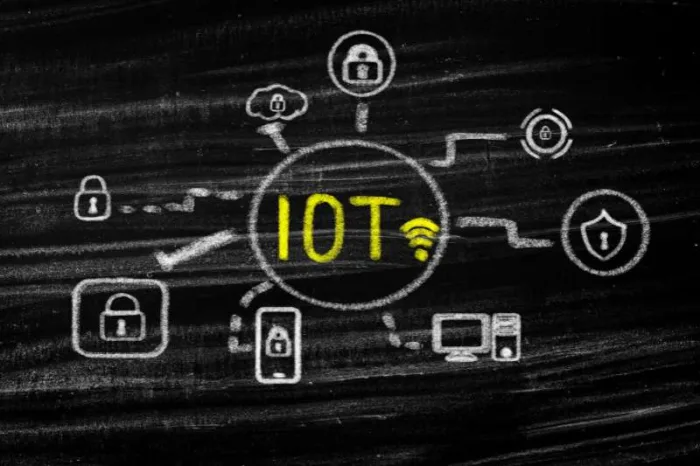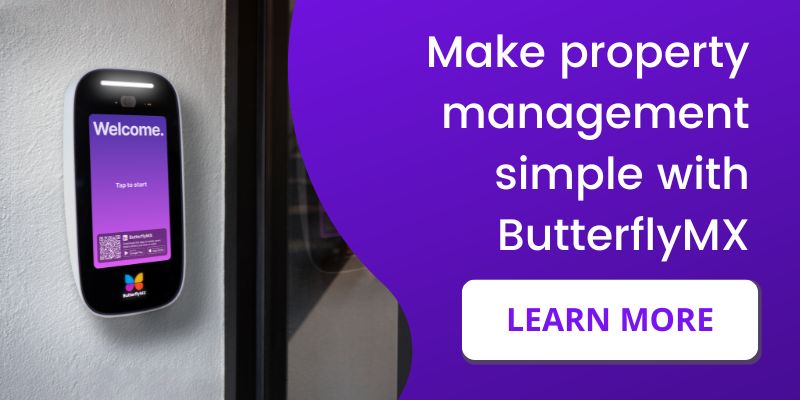Key takeaways
- The Internet of Things (IoT) in property management automates and streamlines day-to-day tasks for a better customer experience.
- Property management uses IoT for more efficient energy usage, environmental monitoring, maintenance management, and more.
- The future of IoT will incorporate a focus on smart buildings, sustainability, and a personalized resident experience.
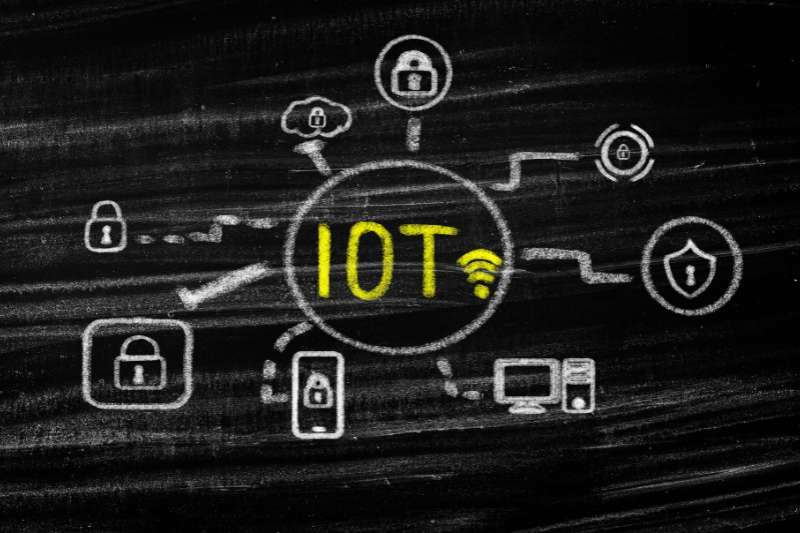
The Internet of Things (IoT) is reshaping property management by making operations more efficient and sustainable. As IoT adoption grows, understanding its impact on real estate and the tools used, such as property management software, is essential.
In this blog, we cover everything you need to know about IoT in property management, including how it works, the best use cases, and future trends to watch.
This post covers:
- Understanding IoT in property management
- How IoT works in property management
- Best use cases for IoT property management
- What is the future of IoT?
Understanding IoT in property management
The Internet of Things (IoT) refers to a network of interconnected devices that communicate and exchange data with each other. These devices range from everyday objects like smart thermostats and security cameras to sophisticated systems that manage entire buildings.
In real estate, IoT improves all aspects of property management and operation. By providing real-time data and automation, IoT helps you streamline or even automate duties that would otherwise consume your day. As a result, you can provide more attention to your residents, customers, and employees for a better experience.
Furthermore, IoT plays a pivotal role in building systems by integrating various devices and systems. With these integrations, you can enable centralized management and monitoring, leading to improved efficiency and proactive maintenance.
How IoT works in property management
IoT in property management involves implementing smart devices throughout the property to collect and transmit data. Some devices have this ability built-in, while others must be retrofitted with IoT sensors or devices.
These devices communicate using the internet and provide you with insights into how your property is operating. The data is collected from a variety of sources before being displayed in a centralized system, providing a more efficient management process. In many cases, changes to the system are made automatically based on your preferences and workflows, but you can also remotely adjust these systems yourself.
For instance, a smart thermostat optimizes energy usage by adjusting the heating and cooling based on the building’s occupancy, which can be recorded via motion sensors, IoT security cameras, or access control activity.
Overall, IoT works in many different ways when it comes to property management:
- Energy usage
- Environmental monitoring
- Security improvements
- Maintenance efficiency
- Occupant convenience and comfort
Energy usage
The Internet of Things helps you manage energy consumption by collecting data and making optimizations. For example, smart utility meters provide you with precise control over energy distribution, leading to significant cost savings and a reduced carbon footprint.
Environmental monitoring
You can continuously monitor air quality, humidity levels, and even noise pollution within your building thanks to IoT sensors and devices. The continuous stream of data ensures your indoor environments remain healthy and comfortable while also helping your property comply with environmental regulations.
Security improvements
Integrated security systems are a more effective solution because they provide live monitoring and automated alerts from a wide array of sources. In turn, you can more effectively respond to security threats and improve the safety of residents, employees, and customers.
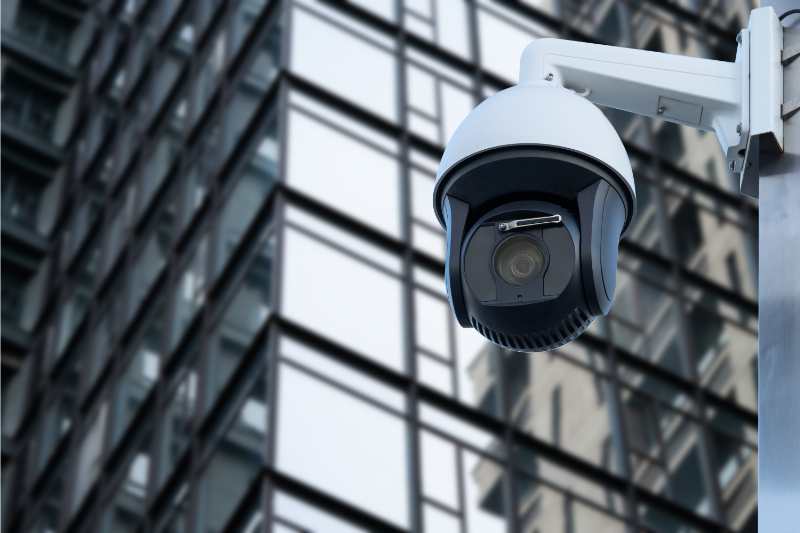
Maintenance efficiency
Of all the areas of property management, maintenance benefits the most from IoT devices by enabling predictive maintenance. This proactive form of maintenance uses IoT sensors to monitor equipment and infrastructure performance.
Once the sensors detect lower or irregular performance, they notify technicians of the necessary repairs or upkeep, reducing downtime and lowering repair costs.
Occupant convenience and comfort
IoT devices offer a better living and working experience within buildings by offering personalized control over various aspects of the environment — smart thermostats, lighting controls, and voice assistants — IoT solutions make daily life more convenient and comfortable.
These innovations ensure that residents and employees enjoy a higher quality of life, ultimately leading to increased satisfaction, productivity, and retention.
Best use cases for IoT property management
There are an endless number of ways IoT is being used throughout property management. So, we wanted to give you some real-world use cases from leading companies.
Here are some of the best use cases for IoT in property management:
ButterflyMX
Known for our Video Intercom, ButterflyMX is a cloud-based access control company that enables property-wide access from anywhere. Our flagship product, the Video Intercom, allows tenants to enter the property using our highly-rated mobile app.
Moreover, guests can request access from the Video Intercom by selecting the tenant they are visiting from the directory. Tenants are notified of guests via the ButterflyMX mobile app, which gives them the ability to see and speak to them before granting access remotely.
Managing access to your property is also simple with ButterflyMX’s OS, which is accessible from the mobile app or a desktop. Therefore, you and your staff can edit permissions, review audit logs, and integrate your system no matter where you are in the world.
While the ButterflyMX Video Intercom is our flagship product, it is only one of many products we offer to provide a property-wide solution. No matter the size of your property, ButterflyMX makes access simple, from the front door and elevators to the garage, amenities, and beyond.
In addition to the ButterflyMX Video Intercom, our ecosystem includes:
- Access Control
- Vehicle Access Control
- Package Rooms
- Smart Locks
- Front Desk Stations
- Elevator Controls
- Self-Guided Tours
Watch how ButterflyMX works:
WeWork
WeWork utilizes IoT to enhance comfort and discern productivity amongst clients. Their buildings are equipped with sensors that monitor space utilization, air quality, and energy consumption. Then, WeWork uses the data to optimize space usage, improve indoor environmental quality, and reduce energy costs.
In certain WeWork locations, for instance, IoT sensors help manage HVAC systems more efficiently, ensuring a comfortable working environment for members while significantly lowering energy expenses. As a result, WeWork helps create a more comfortable work environment, which helps boost productivity.
Greystar
Greystar leverages IoT for predictive maintenance and enhanced security across their residential properties. Sensors monitor the health of HVAC systems, elevators, and other critical infrastructure, allowing for timely repairs that minimize disruptions.
Meanwhile, smart locks and surveillance systems provide an added layer of security. Greystar’s IoT solutions have improved maintenance processes and resident satisfaction through faster response times to maintenance issues in various properties.
Yardi
Yardi’s property management software offers advanced building management solutions for various properties. Its platform includes numerous ways of managing your property from a single dashboard, such as rent collection, maintenance, accounting, and analytics.
Meanwhile, Yardi integrates with a wide range of IoT devices, such as ButterflyMX. You can automatically grant or revoke access based on a resident’s move-in or move-out date. That way, you’ll have peace of mind regarding your property’s security without having to manage permissions yourself.
MaintainX
MaintainX is a comprehensive software platform designed to help you manage your property’s maintenance and operations. By integrating IoT sensors, MaintainX offers real-time asset monitoring, allowing you to set automated work order triggers based on the data collected.
Furthermore, the platform provides data-driven insights through customizable dashboards and reports on asset health, preventative maintenance compliance, and even costs. Thus, you can make more informed decisions when allocating resources and expenses.
What is the future of IoT?
The future of IoT in property management is expected to bring even more advanced technologies and innovative solutions that will further improve the industry.
The IoT trends you can expect in the coming years, some of which are already being implemented now, include:
- Smart buildings and cities
- Sustainability
- Artificial intelligence (AI)
- Personalized resident experiences
- Remote property management
Smart buildings and cities
With the implementation of IoT, smart buildings are more common. As a result, smart cities are also expected to rise, creating interconnected and efficient urban environments. Smart buildings leverage IoT devices to optimize energy use, enhance security, and improve the overall comfort of occupants.
Eventually, these buildings will be capable of communicating with each other and the city as a whole, leading to better traffic management, waste collection, and emergency response systems.
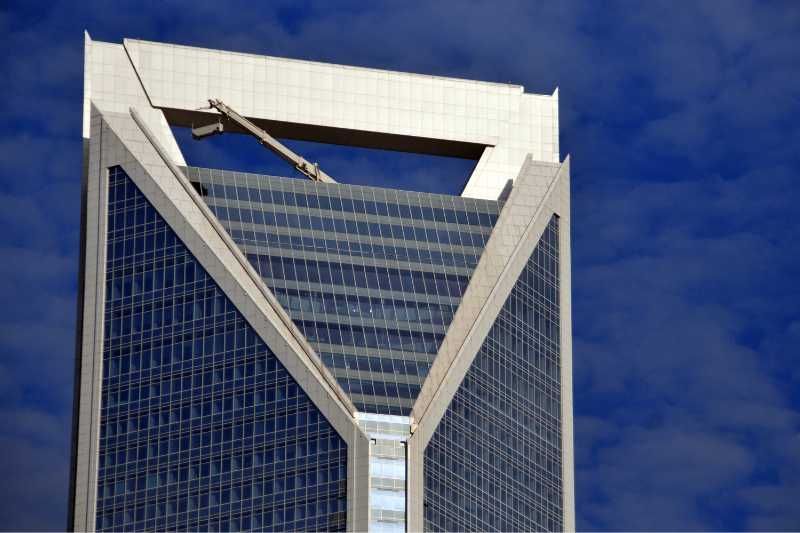
Sustainability
As the focus on sustainability in real estate intensifies, IoT will play a crucial role in creating eco-friendly properties. Advanced IoT in property management will monitor and manage energy consumption to reduce waste and support renewable energy sources, such as solar, wind, and geothermal. Overall, these efforts will reduce your property’s carbon footprint, which reduces its impact on climate change.
Artificial intelligence (AI)
Artificial intelligence is already changing how we manage properties, but it will play a more vital role going forward by enabling smart decision-making. AI can quickly analyze large amounts of data, making it perfect for reviewing data collected from IoT devices. Then, AI can help notify technicians of maintenance needs and enhance security measures by detecting specific activity.
Not to mention, AI is paving the way for new ways of marketing to prospective tenants, such as AI chatbots. These tools help lead prospects down the marketing funnel by managing simple queries without human intervention. As such, you can automate tedious tasks and provide your human expertise in areas where it matters the most.
Personalized resident experiences
IoT will enable more personalized and tailored experiences for residents. For example, AI is already enhancing the resident experience by displaying personalized content to prospective residents as they move through the marketing funnel.
Additionally, property managers can use IoT data to further customize the resident journey, allowing them to adjust marketing strategies to better target specific demographics. In other words, marketing campaigns can be tailored to the preferences and behaviors of different groups, making them more effective and engaging.
Remote property management
Lastly, IoT will make it increasingly more efficient to manage your property remotely, whether you utilize IoT alone or you have an entire team. You’ll be able to monitor and manage building systems from anywhere you have an internet connection. Most importantly, this trend will become even more crucial when managing a large portfolio, enabling you to respond to issues without needing an on-site presence.
